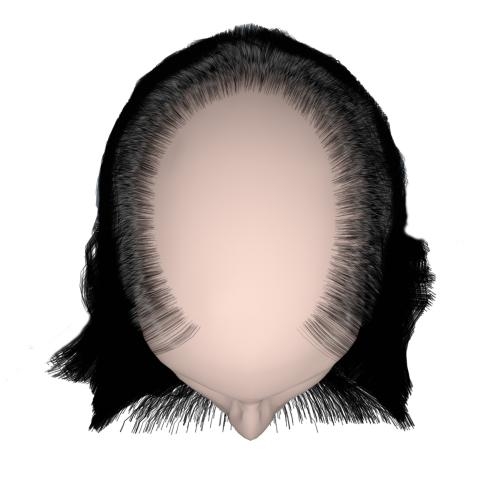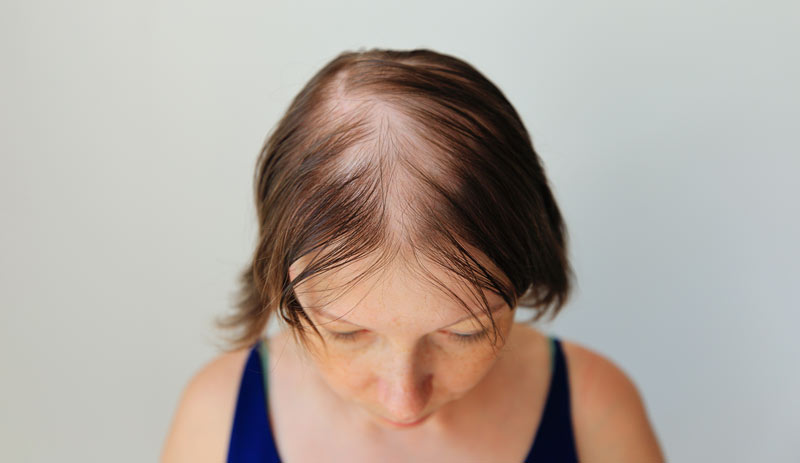Thinning Hair
Approximately 1 in 42 million women in the USA will suffer from some form of hair loss each year. People normally have around 100,000 hairs on their scalp and most people will naturally shed around 50-100 hairs per day with regrowth occurring at a normal rate of approximately ½” per month.
If you notice your hair coming out in clumps or if you see it getting thinner over time, you should check with your doctor as there could be a medical condition developing, such as but not limited to a thyroid problem or hormone imbalance, two conditions which are treatable by your doctor.
It is estimated that approximately 30 million women in the USA are experiencing some form of thinning hair. Some chose to do nothing and others like yourself are seeking out information and potential solutions.
Learn More about the Different Types of Thinning Hair.
Beginning Stage of Hairless
According to the National Alopecia Areata Foundation, Alopecia Areata affects as many as 6.8 million people in the United States. It often appears in people during early childhood with those younger than 20-years of age; however, both children and adults may be affected. This condition is considered an autoimmune disease and is not gender specific affecting both males and females alike.
The most common form is Alopecia Areata “patchy” were the disease attacks the hair follicles causing them to slow down production or become smaller in one area of the body usually forming a coin size bald patch on the scalp or other areas of the body.
Often times we will work with Alopecia clients to help them cover up these patchy areas by using toppers and blending the topper in with their existing natural hairs, length, and color.
The good news is even when you are experiencing this condition your hair follicles will remain alive and often times they will grow back within a few months; however, this condition can also repeat itself several times.
For about 10% of those with this condition, it may become permanent, whereas the hair will never grow back or the client ends up advancing in condition to Alopecia Universalis or Totalis. Unfortunately, there is no known cure for Alopecia.
We recommend that you contact the National Alopecia Areata Foundation for additional information and support.
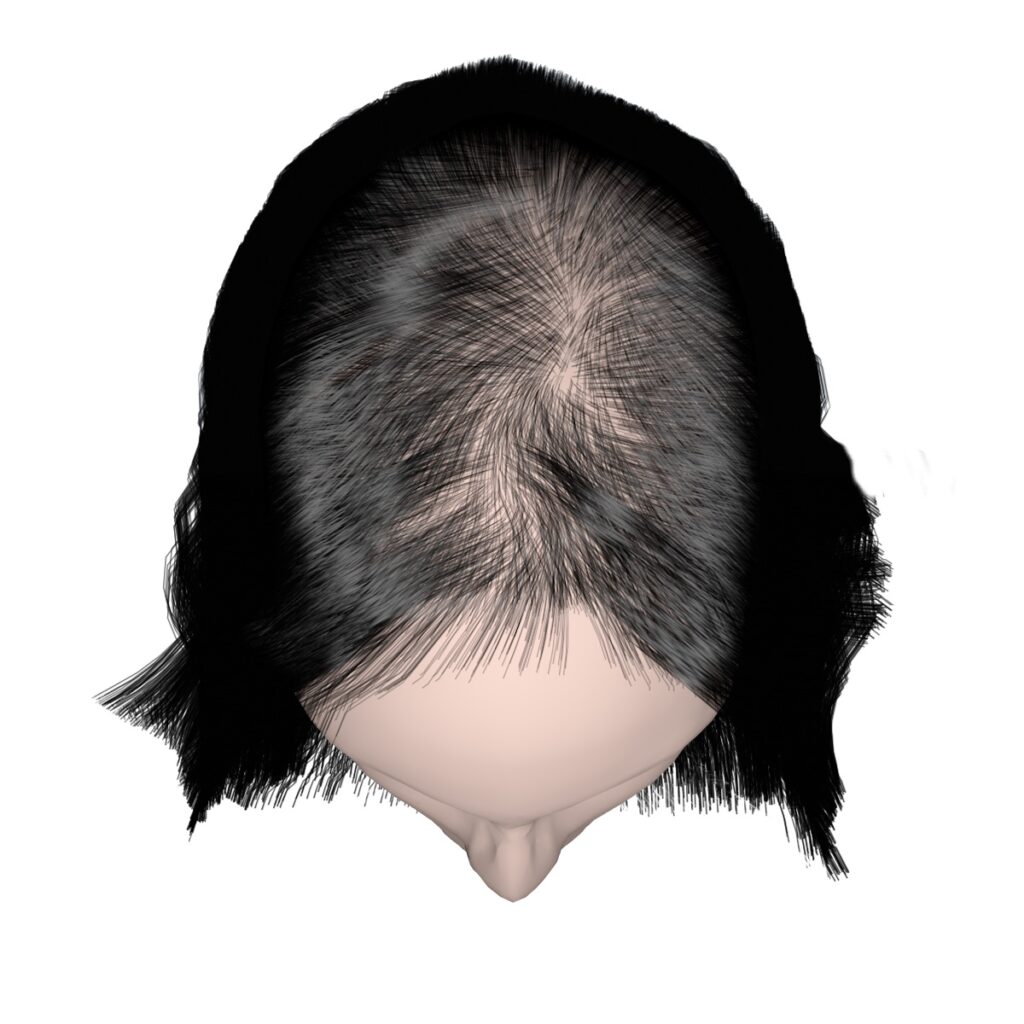
Beginning Stage
Mid-Progressive Stage of Hair Loss
The mid/progressive stage of hair loss is typically when hair loss becomes more noticeable and you may start to see more scalp area showing. Another term for this type of hair loss is female pattern hair loss or baldness.
Areas of the scalp that are typically affected by mid/progressive stages of hair loss are a woman’s hairlines (frontal and part) or crown. The hair loss in these areas starts to expand or grow with a more noticeable loss of hair follicles often creating a patchy or thinning area on the head.
Toppers are once again a really good solution for this stage of hair loss as we can typically blend in synthetic or human hair toppers in with your natural hair to create the natural look you’re hoping to achieve.
Please keep in mind that fewer than 45% of women end up going through life with a full head of hair with most having to deal with some type or stage of hair loss, however, this does not mean that your friends, family or co-workers need to be aware of these losses.
We recommend that you call us to schedule your private complimentary consultation where we can discuss the advantages and solutions that toppers can provide to make you feel more comfortable and confident in dealing with your thinning hair loss.
If you prefer to shop online for topper solutions to help with your mid/progressive hair loss then we recommend looking at these product lines from Jon Renau: Easipart XL, Top crown, Essentially you, Top notch, Top level, Top form, Top secret and Top style.
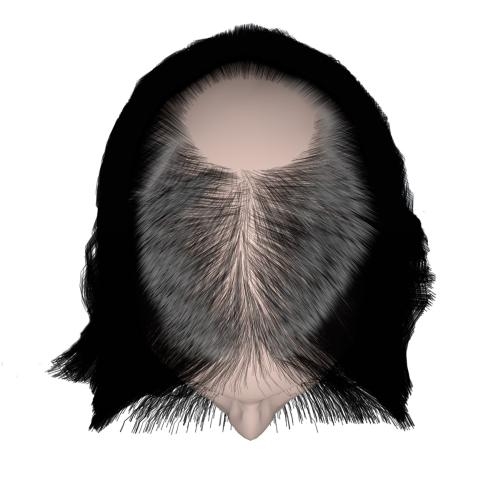
Mid-Progressive Part, Top, Crown
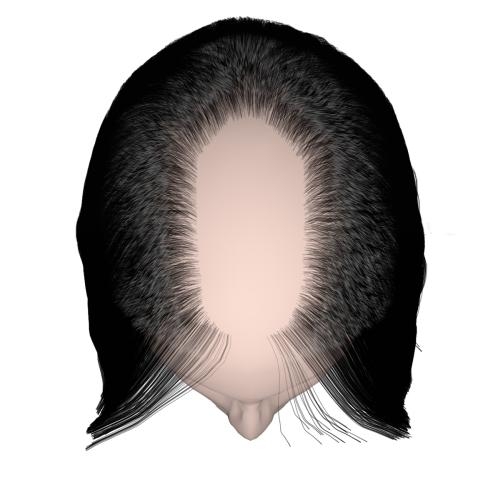
Mid-Progressive Part
Advanced Stage of Hair Loss
Advanced stages of hair loss are when your hair loss is very noticeable and the scalp is clearly visible. The clinical terms for this type of hair loss can be referred to as female pattern hair loss or baldness (Androgenetic Alopecia), Telogen Effluvium or diffused hair loss.
Depending upon how extensive the area of hair loss is you may or may not be able to cover the area with a topper. If not, then you’re likely looking at requiring a full wig system.
We recommend you schedule a private complimentary consultation with one of our cosmetologist who is very experienced at fitting clients with the best solution given the extent of your hair loss, which could mean either a topper or natural looking wig.
As long as there is enough of your natural hair available to clip a topper onto then you may want to look into the following Jon Renau topper collection: Top secrete and Top style.
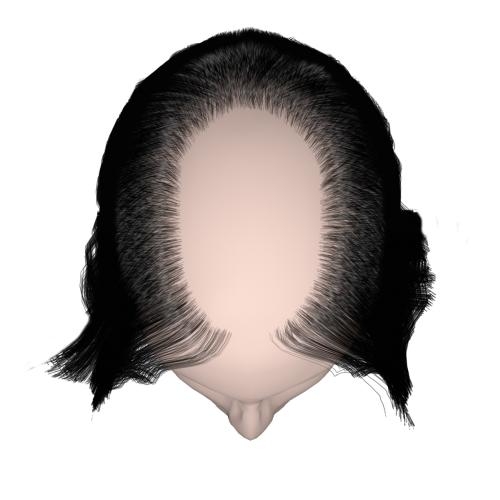
Advanced Top
